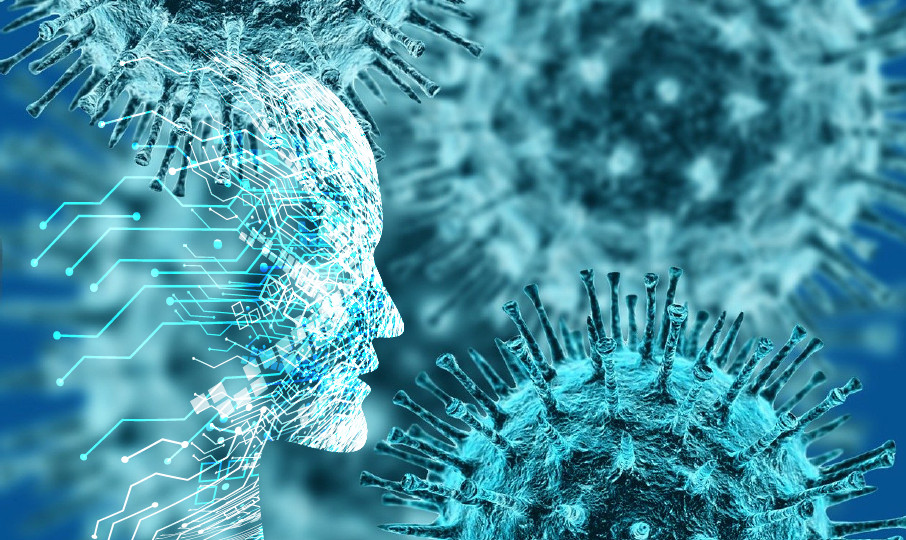A single blood sample from a severely ill COVID-19 patient can be analyzed by a machine learning model that uses plasma proteins to predict survival, , weeks before the outcome, ccording to a new study published this week in the open-access journal PLOS Digital Health by Florian Kurth and Markus Ralser of the Charité – Universitätsmedizin Berlin, Germany, and colleagues.
Health systems around the world are struggling to accommodate a large number of critically ill COVID 19 patients with special medical needs, especially when identified as high risk. Clinically established risk assessments in intensive care medicine such as SOFA and APACHE II show limited confidence in predicting future disease progression of COVID 19.
In a new study, researchers examined levels of 321 proteins in blood samples taken at 349 from 50 severely ill COVID 19 patients treated in two independent medical centers in Germany and Austria. Using a machine learning approach, we found an association between the measured protein and patient survival.
Fifteen patients died in the cohort. The median from hospitalization to death was 28 days. For surviving patients, the median length of hospital stay was 63 days. The researchers identified 14 proteins that reversed over time in surviving patients compared to those who did not survive in the intensive care unit. The team then developed a machine learning model to predict survival based on simultaneous measurements of relevant proteins and tested the model in an independent validation cohort of 24 critically ill COVID-10 patients. The model had high predictive power in this cohort, accurately predicting outcomes in 18 of 19 surviving and 5 of 5 dying patients (AUROC = 1.0, P = 0.000047).
The researchers concluded that blood protein tests, if validated in a larger cohort, could be useful both for identifying patients at the highest risk of death and for testing whether a given treatment alters an individual patient’s predicted developmental trajectory.
Source link




